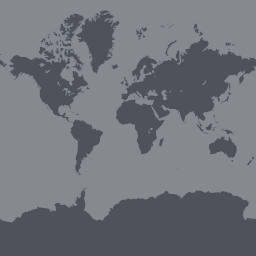Over the years, the Eastern Highlands of Zimbabwe, a biodiversity hotspot part of the Eastern Afromontane region, has seen an increase in human activities such as agriculture, illegal mining and introduction of invasive species.
Leading to land degradation, water pollution and other negative environmental consequences, these anthropogenic activities negatively impact the quality of aquatic habitats and biodiversity in the region, which harbors several freshwater species of conservation interest, such as birds, invertebrates, fish and amphibians, whose numbers and distribution are unknown.
While the longterm effects of antropogenic activities on wetland biodiversity and ecosystem integrity in the region are unknown, data from previous surveys remain inaccessibile, rendering relevant policy and decision making difficult.
Lead by the Natural History Museum of Zimbabwe this project seeks to mobilize the much required data on freshwater biodiversity in the Eastern Highlands of Zimbabwe, and through use of biodiversity informatics tools, identify the important sites for conservation with a focus on fish, invertebrates, amphibians and birds in the region.
The output from the project will inform policymakers and help wildlife managers, researcers and conservationists target their resources and conservation efforts to protect wetland biodiversity.
Project Progress
Since the project commenced in July 2017, the project roles have been assigned to partners from the Natural History Museum of Zimbabwe's Zoological department and two volunteers from the Entomology and Ornithology sections have been recruited to assist the team with transcribing. Over 1000 occurrence records have been collected from the Invertebrate, Herpetology, Ornithology and Ichthyology sections. In addition, a checklist of 322 species has been published on the GBIF website along with the species distribution extension which contains the threat status of each species. A total 16 threatened species which have been recorded in the region are present as specimens deposited in this collection.
A key outcome of the project thus far was a co-hosted a four-day Biodiversity Digitization and Mobilization workshop with the three other BID projects running within the Natural History Museum of Zimbabwe as well as the National Project being coordinated by Bindura University. 35 participants including staff from The Natural History Museum of Zimbabwe and lecturers in the National BID project from the Bindura University of Science and Technology attended this workshop.
Work will now progress towards mobilizing more data as well as data cleaning, geo-referencing and filling in gaps.
The project ended in December 2018 with 3000 cleaned and georeferenced occurrence records from the invertebrate, herpetology, ornithology, and ichthyology sections that has been published on the GBIF website along with the checklist of 322 species and a list of threatened species. The project is preparing a scientific paper on these documented data.
The recommendations and results of the project will be used to develop a long-term data mobilization project for the freshwater biodiversity by the various stakeholders involved in biodiversity conservation in Zimbabwe.
This programme is funded by the European Union.





